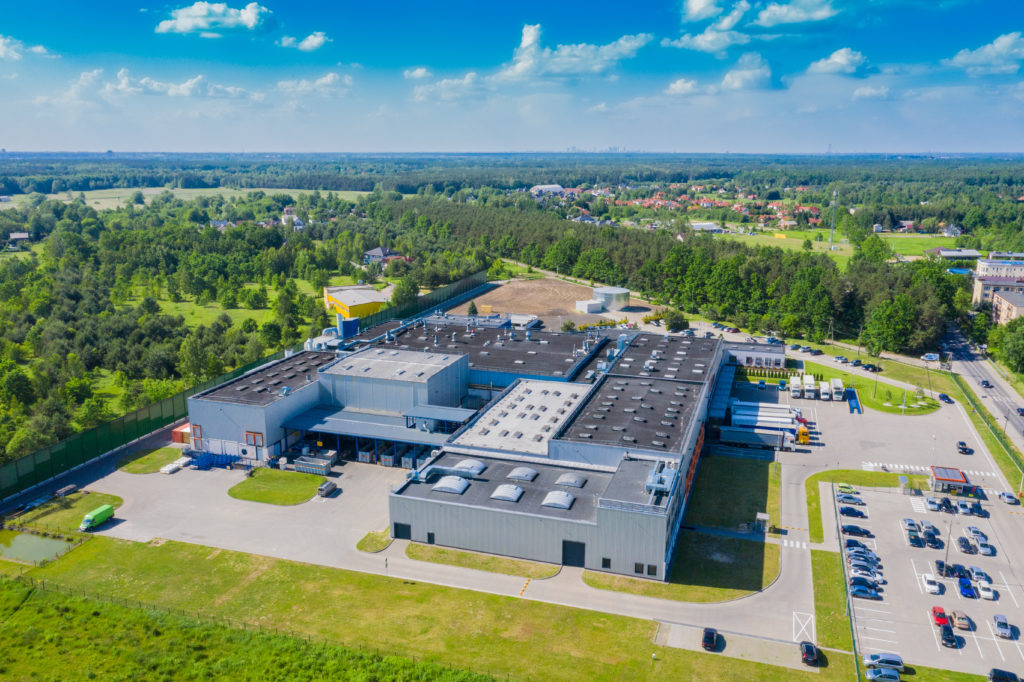- » Demand drivers accelerated by the pandemic include:
- » e-commerce growth and corresponding tenant needs for industrial product,
- » growing inventories and supply chain disruptions and
- » limited supply of in-demand industrial product, especially in infill locations.
- » Investment risks in the mid-term include:
- » obsolescence of older, undifferentiated building stock,
- » oversupply potential, given the ability to deliver new industrial product in a quick, cost-effective manner and
- » industrial’s ability to consolidate recent price appreciation with continued rent increases.
- » Overall, industrial fundamentals remain solid. While we expect the sector’s accelerated growth to moderate in the mid-term, our outlook for the sector remains very positive.
Enter email address below to have the full report delivered to your inbox.
The U.S. industrial real estate market proved its resilience through the initial months of the pandemic and consolidated its position as a darling of the real estate sector as it outperformed other real estate asset types. Although industrial has been highlighted for its performance during the pandemic, the sector already had momentum in rent growth, investment volumes, and cap rate compression prior to COVID-19. The rise of e-commerce, growing inventories from a global supply chain and the underdevelopment of space meeting modern requirements are all factors that have led to the sector’s growth.
Conclusion
Sources
1 Yahoo Finance, Historical Data, July 2021
2 CoStar, Analytics, July 2021
3 CoStar, Analytics, July 2021
4 CoStar, Analytics, July 2021 / Green Street, July 2021
5 U.S. Census, Quarterly Retail E-commerce Sales, July 2021
6 eMarketer, U.S. E-commerce Forecast, June 2021
7 Prologis, E-commerce and A New Demand Model for Logistics Real Estate, July 2014
8 Prologis, Supply Chain Shifts Poised to Generate Substantial New Demand, May 2020
9 CoStar, Analytics, July 2021
10 Prologis, Obsolescence: The Implications for Global Logistics Real Estate, March 2015
11 CoStar, Analytics, July 2021







